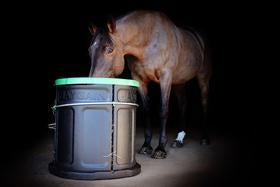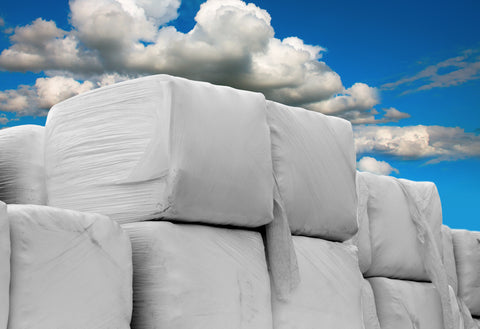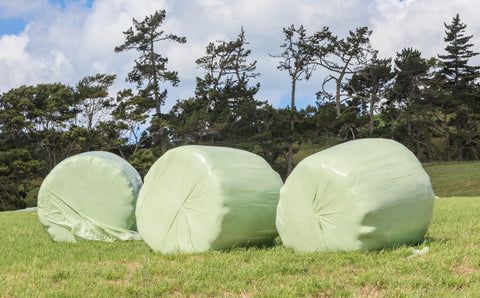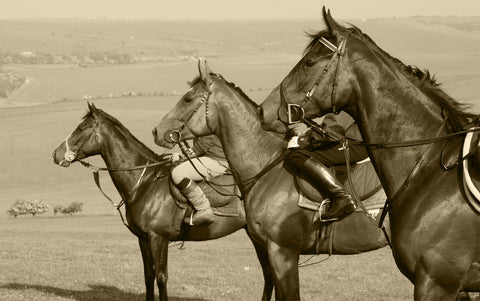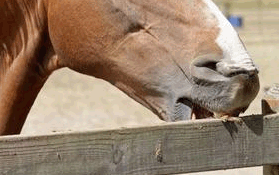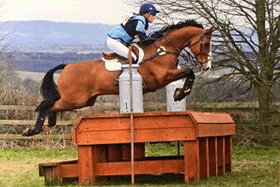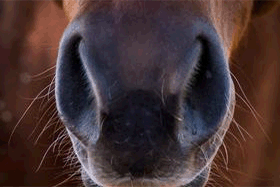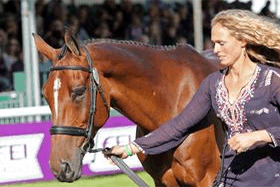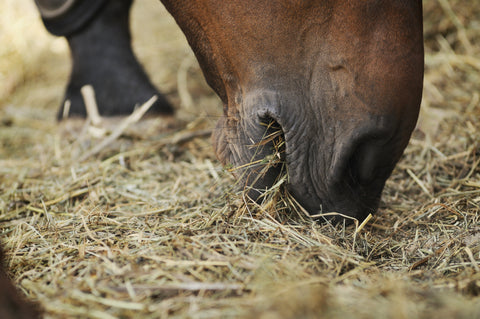Laminitis
What is laminitis?
Laminitis is a systemic disease, which manifests as a condition in the foot. It is a painful condition of the tissues (lamellae) that bond the hoof wall to the pedal (coffin) bone in the horse’s hoof. (Image credit: World Horse Welfare.)
There are three recognised types of laminitis, each with a different cause:
Endocrinopathic Laminitis (EL) is the majority of laminitis cases. This is laminitis caused by Equine Metabolic Sydrome (EMS). Endocrinopathic laminitis includes Pasture Associated Laminitis (PAL). This form of laminitis is commonly seen in obese horses and probably horses and ponies in light work, that have unrestricted grazing or a high sugar/starch diet.
Sepsis Associated Laminitis (SAL) occurs secondary to a primary illness, such as colitis, acidosis (from starch overload), infection from retained placenta. SAL is essentially laminitis in an already very ill horse and makes up less than 10% of laminitis cases.
Supporting limb laminitis (SLL) is rare, and usually seen in horses with a serious lameness such as a fracture or septic joint, and after at least a few days of non-weight-bearing on the injured leg, laminitis develops in a supporting leg.
What is the prevalence of laminitis?
A prevalence of 7.1% was found in a large-scale UK study (Hinckley et al 1996). It was estimated that approximately 8000 horses suffered from laminitis each year; of these, about 600 were euthanized because of this condition and 1300 horses were left permanently unsound.According to a general survey in the United States, USDA-NAHMS Lameness and laminitis in US horses) apart from colic, laminitis is the most common reason for a horse or pony to be presented for veterinary treatment.
The same survey revealed Pasture Associated Laminitis accounts for 54% of cases of equine laminitis and for the purpose of this article will be the focus.
What are the causes of Pasture Associated Laminitis?
The results of the aforementioned surveys relay that 61% of the horses and ponies that suffered from laminitis attacks were out on grass prior to the attack; 30% lived both on grass and in a stable; and only 9% were stabled. This corresponded with the second survey (U.S.) which revealed that about 45% of laminitis cases were linked to pasture turnout.The main cause of PAL is thought to be because the horse does not have the necessary enzymes to digest particular grass fructans (carbohydrate) directly within the small intestine. Grass fructans, therefore, pass relatively unchanged into the hindgut where they are readily fermented, in a similar manner to starch or other sugars that escape digestion in the small intestine." This process contributes to the development of laminitis in the same way as feeding too much hard feed.
The illustration below is from a veterinary nutrition journal which proposes 7 key countermeasures horse owners can take for Pasture Associated Laminitis and the possible sequence of events in cereal overload or grass-associated laminitis highlighting the potential influence of insulin resistance and raised cortisol levels. The illustration demonstrates the complexity and intricacies of PAL.

From: Countermeasures for Pasture-Associated Laminitis in Ponies and Horses
J Nutr. 2006;136(7):2114S-2121S. doi:10.1093/jn/136.7.2114S J Nutr | © 2006 American Society for Nutrition
What are the signs of laminitis?
Acute laminitis symptoms generally come on very suddenly and are severe.A horse with chronic laminitis will show signs of ongoing symptoms that are generally a result of a relapse from previous attacks. The horse’s hoof will have the appearance of growth rings around the hoof wall, which generally indicates that it has suffered from laminitis in the past.

Signs are predominantly pain and lameness usually in all 4 limbs, but often appear worse in the forelimbs. In acute laminitis the pain can be so crippling that the horse will stop moving but in milder chronic cases a shuffling, short, gait, which is worse on hard surfaces, and usually with an obvious head nod on turning is typical. They can take on a laminitis stance where they lean backwards so their front feet are ahead their body. Additional signs include hot, painful hoof, with bounding pulses felt in the digital arteries down the back of the fetlock and pastern region.
When a horse is suffering from laminitis it is important to make them as comfortable as possible and give them a soft bed to stand and lie down on. Comfortstall orthopaedic flooring system is padded providing an idyllic floor for horses suffering from sore feet and laminitis. It is non-abrasive which also helps to avoid “bed sores” or “hock sores” from lying down for long periods or continual getting up and down off the floor.
Prevention strategies for Pasture Associated Laminitis
⦁ Turn horses out to pasture when fructan levels are likely to be at their lowest, such as from late night to early morning, removing them from the pasture by mid-morning.
⦁ Consider maintaining turnout by using grazing muzzles that still allow horses easy access to water.
⦁ Consider a zero grazing environment, such as a turn out pen of wood chip or similar flooring or an arena if it is essential that the horse ingests minimal levels of sugar, starch, and fructans or if the horse is obese and on a strict weight management program.
Alternative forage must be provided, a hay with a water soluble carbohydrate (WSC) level of less than 10% (contains <100g WSC/kg DM) or processed to reduce the sugar content via soaking and steaming is ideal. When fed slowly through a Haygain Forager it will last them longer allowing a natural trickle feeding system.
⦁ Never graze them on pastures that have not been properly managed by regular grazing or mowing. Try to maintain an expanse of grass, as mature stemmy grasses contain higher levels of stored fructans.
See Laminitis Part 2 - causes and prevention - which looks at different treatments.
References:
Bailey SR, Marr CM, Elliott J. Current research and theories on the pathogenesis of acute laminitis in the horse. Vet J. 2004;167:129–42.
Harris, Patricia & Bailey, Simon & Elliott, Jonathan & Longland, Annette. (2006). Countermeasures for Pasture-Associated Laminitis in Ponies and Horses. The Journal of nutrition. 136. 2114S-2121S. 10.1093/jn/136.7.2114S.
Hinckley K, Henderson I. The epidemiology of equine laminitis in the UK. 35th Congress of the British Equine Veterinary Association. Warwick, UK; 1996. p. 62. IN Harris, Patricia & Bailey, Simon & Elliott, Jonathan & Longland, Annette. (2006). Countermeasures for Pasture-Associated Laminitis in Ponies and Horses. The Journal of nutrition. 136. 2114S-2121S. 10.1093/jn/136.7.2114S.
USDA-NAHMS Lameness and laminitis in US horses. Fort Collins, CO: National Animal Health Monitoring System; 2000.


